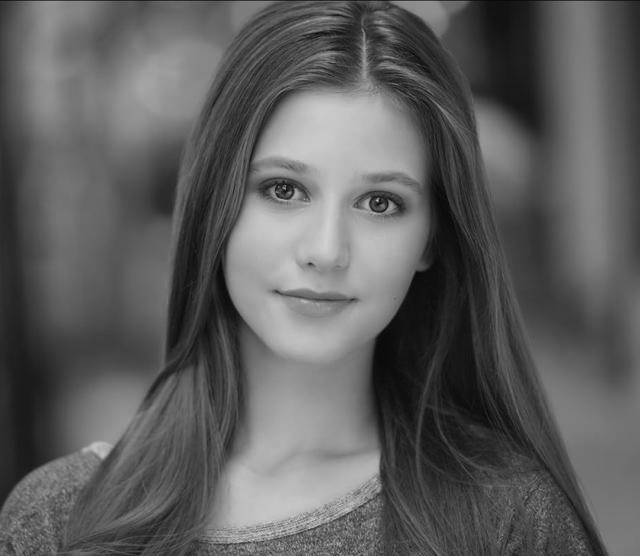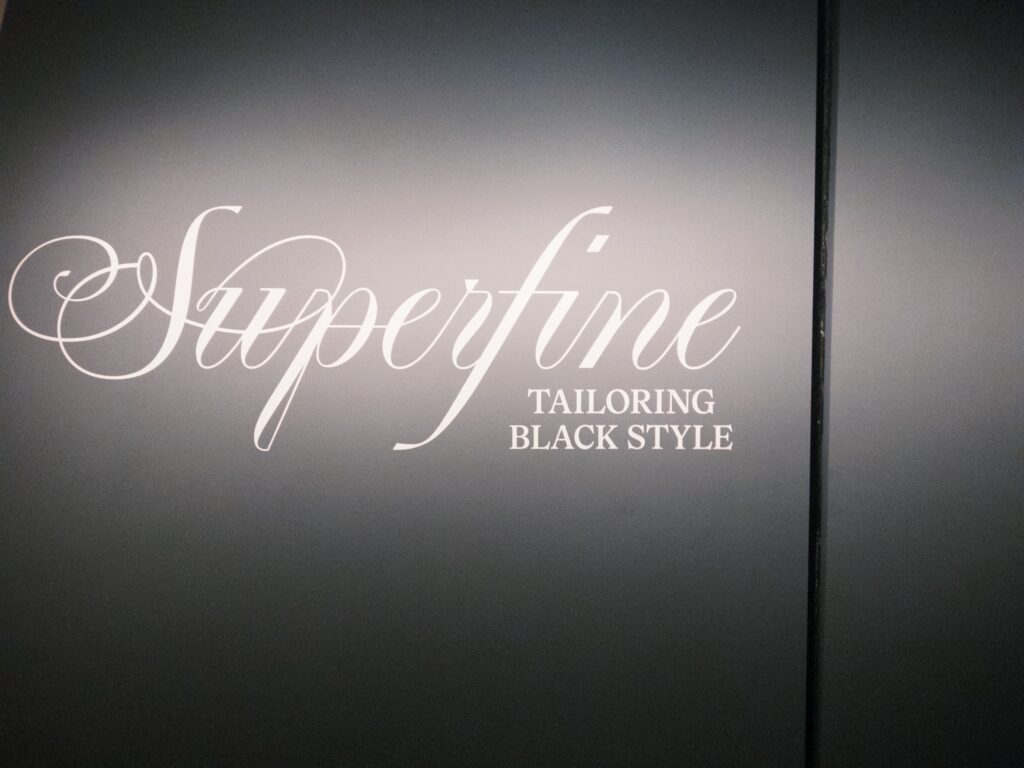
Draped in Defiance: The Radical Elegance of Black Dandyism
- Superfine: Tailoring Black Style
- Chiara Pdejka
- May 26, 2025
- 7 min read
The highly anticipated Costume Institute’s Superfine: Tailoring Black Style is now on view at the Metropolitan Museum of Art. A curation dedicated to Black dandyism and menswear, the unique exhibit covers centuries of Black history. Divided into twelve, the exhibits are dedicated to a facet of how dandyism’s rich and elaborate clothing has been a tool of armor, subversion, expression, and transcendence throughout time.
Staged chronologically, the exhibit unfolds at the early root of dandyism. Birthed at the intersection of African and European interaction, the first section delineates how colonialism, trade, slavery, imperialism, and wealth fueled societal notions of status and racial division. Here, portraits and ceramics of Black figures in livery, turbans, and Blackamoor stock elements emphasize the fact that European royalty adorned Black servants and attendants in sumptuous yet garish clothing. Despite the richness and cost of these fabrics, these outfits only mocked the wearer’s culture and merely demonstrated a relation to their affluent owner’s station. Purposefully placed next to examples of modern clothing, caricatures, and vessels depicting the ostentatious domestic dress point to its implications on modern-day runways. A dramatic golden belt by Olivier Rousteing for Balmain (Autumn/Winter 2024-25) takes the form of an embellished bouquet held by an unidentified man in Ghanaian photographer Prince Gyasi’s photo Valeurs (values).
Grace Wales Bonner’s silk crushed velvet jacket
In contrast to a Blackamoor headdress, the belt’s frivolous, ostentatious, and dramatic form celebrates self-discovery and Black legacy. Another standout that references European fashion and re-imagines it is Grace Wales Bonner’s silk crushed velvet jacket embroidered with cowrie shells and crystals. The curation notes that Bonner’s “Aime” ensemble was informed by “exoticized representations of Black figures in European portraiture” and that the cowrie shell “was used as currency in Africa, East Asia, and the West Indies for centuries and represents a form of wealth and a mode of extravagance unique to those regions”.
Contrastingly to Balmain and Wales Bonner, 3PARADIS’ minimalist navy pinstripe suit with a laminated dollar bill in its breast pocket highlights the coin of poverty, suggesting a lack of wealth. Thus, the curation invites viewers to witness the transformation of fashionable Black people from being seen as mere cultural and political decorative objects to self-styled icons who bear autonomy. This section celebrates how dandyism can celebrate wealth and freedom but makes room to highlight the worth of those who still have yet to achieve it.
In a world where Black status was relegated to being a slave or free, self-possessed, flourishing dress was a way in which to subvert status. The exhibit emphasizes eighteenth-century perfume-lover Julius Soubise as the prime historical example of a debonair dandy. The curation states, “Born enslaved in the Caribbean, he (Soubise) was transported to England and lived with the Duchess of Queensbury, where he was educated in the art of being a gentleman. Once emancipated, he became
known for his pointed reworking of dandyish style elements like outré fashion, fine accessories, and conspicuous grooming. His contemporaries record his antics in both text and caricature.” Although reaching celebrity status, he was ridiculed in 1770s England as a “Macaroni”, men who wore tight, colorful garments and exaggerated accessories. Despite the stereotypes related to this mockery, his clothing had managed to have a social effect. Hence, it functioned as a signal to the Black community - that fine dress on those seen as lesser could bring about change politically and socially for people of color.
Portrait of Thomas-Alexandre Dumas, 1801 (Louis Gauffier, French, 1762-1801)
As one moves forward in the exhibit, the argument for Soubise’s vision proves true. The military section delineates how military and army dress offered attitudes of command and strength for Black men. Not only fighting alongside and for them, Black men who served in the army blended uniform and dress codes with Europeans. Thus, the battleground provided a more flexible arena to be seen as human. Military attire signaled the strength, theatricality, and power of people who were forced to have less of it and thus created an acute wrench in how society wanted to stereotype Black men. A brilliant group of engravings demonstrating the Haitian elite in militaristic clothing demonstrates such disruption. Heavily embroidered and adorned in gold thread, these engravings of figures such as Vil-de-Lubin and Comte de Petionville combine classical European poses with free men who were part of Haiti’s revolution and liberation. The clothing serves to legitimize their power and accentuate their military conquest.
Drawing of Alexandre Dumas (The Count of Monte Cristo, The Three Musketeers)
Nearby, two compelling highlights in this portion include the oil portrait of Thomas-Alexandre Dumas, 1801 (Louis Gauffier, French, 1762-1801), and a nearby drawing of his son, the renowned writer Alexandre Dumas (The Count of Monte Cristo, The Three Musketeers). The contrasting portraits between older and younger offer two different takes on dandyism. The elder Dumas is depicted in military clothing, while his witty and legendary son lounges on a couch in full dandy flair. Despite facing prejudice, the leniency and social mobility of the Dumas Dynasty provide a viewpoint into the family’s disruption of white society. Thomas-Alexandre was the son of a white noble and a Black enslaved woman. He became the first general in the French Army of African Descent, while his son utterly dominated literary circles. The impressive multi-racial men were renowned for their triumphs and attention to menswear, opening the doors for further integration and acceptance in France.
Adjacent, curation smartly places fashion editor, stylist, and writer André Leon Talley’s House of Dior (John Galliano) military-inspired coat and House of Balmain’s reinterpretation of the Veste Hussard, an early nineteenth-century French cavalry jacket with golden braids. The contemporary military-inspired garb highlights the influence of military dress in menswear, and its style emboldened Black trendsetters, including late icons like Michael Jackson. Independent contemporary designers such as Jamaican-Caymanian Jawara Alleyne and Grace Wales Bonner also integrate military design. Alleyne’s disproportionate and deconstructed naval-inspired piece appears “as if tossed on by the waves- a coat with metal buttons twists sideways on the body,” On the other hand, Bonner’s classically tailored approach is evident in her collection “Ezekiel”, which pays homage to Ethiopian emperor Haile Selassie with classic Bonner African and Caribbean references like the Rasta belt or the Pan-African flag colors.
In the section Disguise, the exhibit dives into dandyism’s effects as a way to reveal or hide. Many runaway slaves would try to disguise themselves in fine clothing on their journey to the North, including the couple Ellen and William Craft. Ellen, passing for white and upper class, traveled with William, who pretended to be her Black servant. Ellen cross-dressed as a “gentleman” to blend in more easily and deter any questions of why a woman was traveling without a white male companion. They were almost discovered, however, when Williams, playing her servant, wanted to wear a gentleman’s beaver top hat - which would have been a red flag. In addition to using clothing to hide, it was also a way to express one’s identity, as seen in Stormé DeLavereie, who utilized menswear to express both sexuality, and Ralph Kerwineo of Thirteen Years a Girl-Husband for survival. Eventually, unisex clothing entered the vernacular of everyday "streetwear," as demonstrated by a pair of unisex suits by Ib Kamara, the art and image director of Off-White, following Virgil Abloh’s death. Before departing this section, one should make sure to seek out the notable portrait of self-emancipated enslaved man William Headley, ca. 1864. It is an intimate depiction of how regular clothing could be transformed into a sartorial expression by integrating one’s own D-I-Y choices.
An apt transition from disguise, the section entitled Freedom speaks to how the newly freed or those who had been free for many generations dressed to enunciate their status and situation. The former sought to use fashion to lose attachment to their association with their former owners, while the latter used bourgeois fashion for decades in commissioned portraits. A prime example of such social establishment is showcased in a rendering of lucrative lumber businessman William Whipper ca. 1935, in which the Black entrepreneur’s jewelry and silk waistcoat signal his affluence. Using his wealth to fund efforts on moral reform, abolitionism, and education, Whipper directly contrasts the stereotypes associated with Black men faced in the 19th century.
In the North, Black social mobility meant different things for different people. Some were part of the established Black elite, many were free tradesmen, and others were newly freed slaves. Despite the vast differentiation in wealth and power, the community united on one front: they were stereotyped and satirized in some regard no matter what their class or presence was. Integrating lithographs such as My LongTailBlue, which depicts Blackface minstrel theater and other caricatures of mockery, conveys the dichotomy between lifestyle, culture, and civil rights. The focus funnels back to fashion. These sketches hyperbolize clothing elements of the dandy, including the exaggerated neckwear, muslin ruffles, and, most importantly, the cravat. The more the cravat, the more puffed up the pride. The contemporary designers on display in this division seem to be most interested in this feature. Maximilian Davis and Bianca Saunders pay homage to the cravat. The curation states that the cravat “became a sign of the dandy’s pride, pushing the chin back and causing him to look down his nose at the world.” Thus, despite being ridiculed by some, Black men in the early to mid-1800s were more interested in utilizing the window of freedom to advance their civil pursuits.
Hence, the intersection of Respectability and Freedom showcases the garments of the most photographed Black man of the century, statesman Frederick Douglass, who, as a distinguished dandy, utilized his dress, influence, words, and station to fight for abolition, becoming one of American history’s most recognizable and respected figures. A well-tailored freeman, he denoted ambition and commanded respect.
Another instrumental figure in the story of Black dandyism is W.E.B. Du Bois who, as a sociologist, historian, and pan-Africanist, was the first Black man to earn a PhD from Harvard. A notable dresser, Du Bois is known for his elegant African American portrait exhibit for the 1900 Paris International Exposition. His laundry receipts showcase the clothing he collected and required for his international travels and research, including Brooks Brothers suits, London suits, handkerchiefs, collars, and those of his Harlem tailor. In Cosmopolitan, the exhibit explores the Black diaspora and their relation to travel. Despite the dark history of the slave trade and forced migration, this area of the exhibit highlights how far the Black community has come to find wealth and success. From Du Bois’ 1921 passport with stamps from France, Italy, Switzerland, Belgium, and more to Andre Leon Talley’s monogrammed Louis Vuitton trunks, Superfine’s Cosmopolitan section highlights international jobs, financial success, and relationships with fine tastemakers like Louis Vuitton, a symbol of ultimate luxury and exclusivity.
DuBois' travels were deeply intertwined with his scholarly pursuits. Education’s ability to increase social mobility and intellectualism made it a section on its own, highlighting higher education as a place of self-discovery and advancement. Harking back to Responsibility, “Tailoring traditions were often passed down within families in the African diaspora. Beginning in the late nineteenth century, students could also learn these techniques at Historically Black Colleges and Universities (HBCUs)- centers of leadership, culture, and fashion.” The style and charismatic forms of the collegiate uniform are reimagined by James Jeter (an alum of Morehouse, an HBCU ) for Ralph Lauren/ Men’s Polo. Combining the characteristics of sport and scholarship, the collegiate outfit exudes sophistication. Nearby, a James Jeter suit for Polo pays homage to New York University graduate Harold “A College Lad (Windold Reiss)” and “The most handsome man in Harlem, ” Jackman. Jackman and other central figures of the Harlem Renaissance were instrumental in forming the foundation for the contemporary cool, swagger, and elegant attitudes that embody the modern Black dandy.
The Harlem Renaissance and the arts, both literary and visual, provided a major stepping stone for Black figures to become significant figures of veneration in both the US and abroad. Jook emphasizes the importance of cultural epicenters like the Cotton Club, the Apollo, and speakeasies. Slowly breaking stereotypes, these institutions opened doors for Black entertainers to take to the stage. Their exuberant fashion followed. The curation notes, “ From the time of emancipation to the Harlem Renaissance, jook (or juke) joints, speakeasies, and cabarets were places where exuberance was expressed and embodied sartorially. Entertainers and patrons dressed in refined and racy ways, “lookin’ good” for themselves and each other. Avant-garde fashion is often aligned with a desire to push the boundaries of race, gender, class, and sexuality through fine and flashy clothing.” The famous, exaggerated Zoot suit was a marker of the larger-than-life, vibrant, dynamic Harlem inhabitants. The surplus of fabric required to make the Zoot suit highlighted economic prosperity. Alongside examplesand re-imaginations of the Zoot suit, notable figures like Josephine Baker, the Nicholas Brothers, Duke Ellington, and Cab Calloway are highlighted alongside their contributions to the stage and screen.
In Champion, the exhibit highlights Black individuals who were sports superstars and how athletic clothing and champion attire helped these individuals become major power players. More than being feted for winning a trophy, these athletes set an example of hope and greatness to the generations that would follow them. From running races to horse racing, Black talent was challenged due to their ability and race. Nonetheless, Champion showcases that Black jockeys like Oliver Lewis (winner of the first Kentucky Derby) were able to attain some cultural and financial liberty through America’s first national sport. Over time, sports attire and every day “streetwear” worn by Black individuals became cool, and as Miles Davis puts it in the curation, “Being rebellious and Black, a nonconformist, being cool and hip and angry and sophisticated and ultra clean, whatever else you want to call it - I was all those things and more.” Self-styled poets, jazz musicians, athletes, hip-hop artists, and more all took inspiration from the word cool (a reference to the Kariba suit, popular with politicians in the early 70s in the Caribbean postcolonialism) in different ways. While those in the jazz scene leaned towards collegiate sophistication, hip-hop designers went to Harlem designer Dapper Dan. Dan was the man who made logos and luxury mania all the rage in the 80s. Monica Miller notes, “Contemporary designers pay homage to these now-canonical modes with fine materials and couture-like construction techniques.” These contemporary reimaginings can be seen in the works of designers like Wales Bonner and Pharrell for Louis Vuitton.
To wrap up the exhibit, Beauty and Heritage showcased magnificent colors and patterns that bridged gaps in the diasporic community, integrated personal stories, and allowed their wearers to exude confidence and flair in their style. Beauty focuses on how appropriating “feminine“ codes of dress allowed Black men to flourish in both entertainment and politics. Prince’s ruffled shirt and disco outfits showcase how lace, ruffles, drapery, and sequins opened new doors into bold dress and dandy experimentalism, especially in the wake of the sexual revolution and gay rights movement in the late 1960s. Furthermore, Heritage analyzes how designers incorporate their African or Caribbean roots into their contemporary creations. Virgil Abloh’s “Tourist vs. Purist” collection for Louis Vuitton honored his Ghanaian parents. Aboloh was the first Black American of African Descent to be appointed artistic director of a French luxury design house. Paris designer Emeric Tchatchoua of 3.Paradis’s collection for summer 2025 takes inspiration from the African textiles and landscapes in photographs of Cameroon, where his parents are originally from. A. Barkley L. Hendricks's painting, Slick, complements the garments. The standout and aptly named centerpiece is André Leon Talley’s regal uniform: the caftan. Talley’s affinity for grandiose proportions, rich textiles, and English suiting led him to discover Patience Torlowei at an Arise Fashion Week. Commissioning several tailored caftans, Talley embodies the dandy’s tailored-for-you mantra by remixing dress conventions to suit his larger-than-life persona and highlighting the pride in his heritage. In many ways an ode to Talley, Superfine pays homage to his legacy.
The end of the exhibit closes with a stirring quote from Olaudah Equiano from 1789, which encapsulates the feeling of Superfine. “In short, the fair as well as the Black people immediately styled me by a new appellation, to me the most desirable in the world, which was 'freeman'; and at the dances I gave, my Georgia superfine blue clothes made no indifferent appearance, I thought.”
Links
Superfine Tailoring Black Style:
Read More

Marie Chloe Duval: I want to learn about you with my eyes closed
Abigail MacFadden •May 23, 2025 •
6 min read
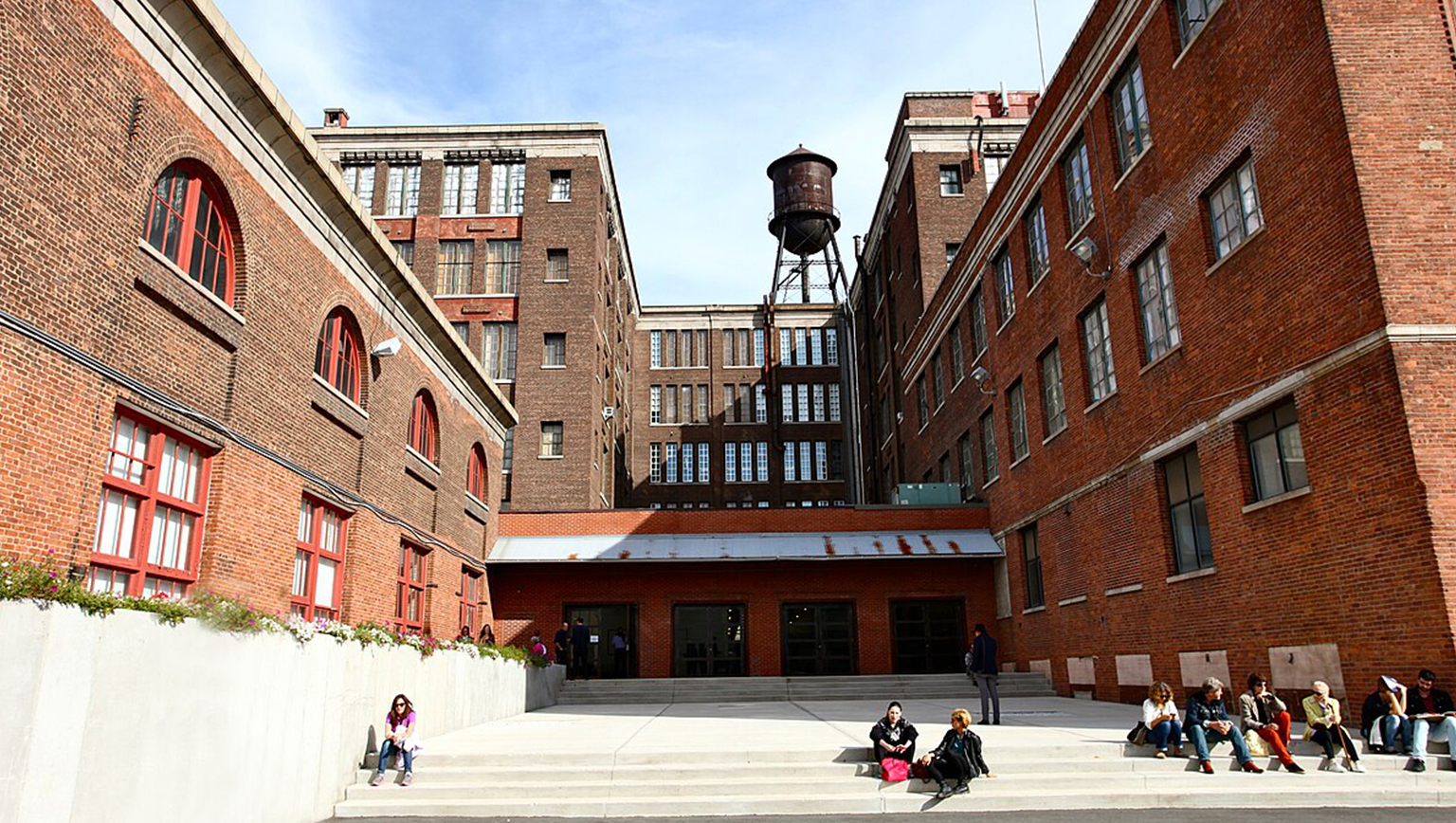
Behind the Studio Doors: Inside Mana Contemporary’s Vibrant Tapestry of Artistic Innovation
Abigail MacFadden • May 20, 2025 •
5 min read
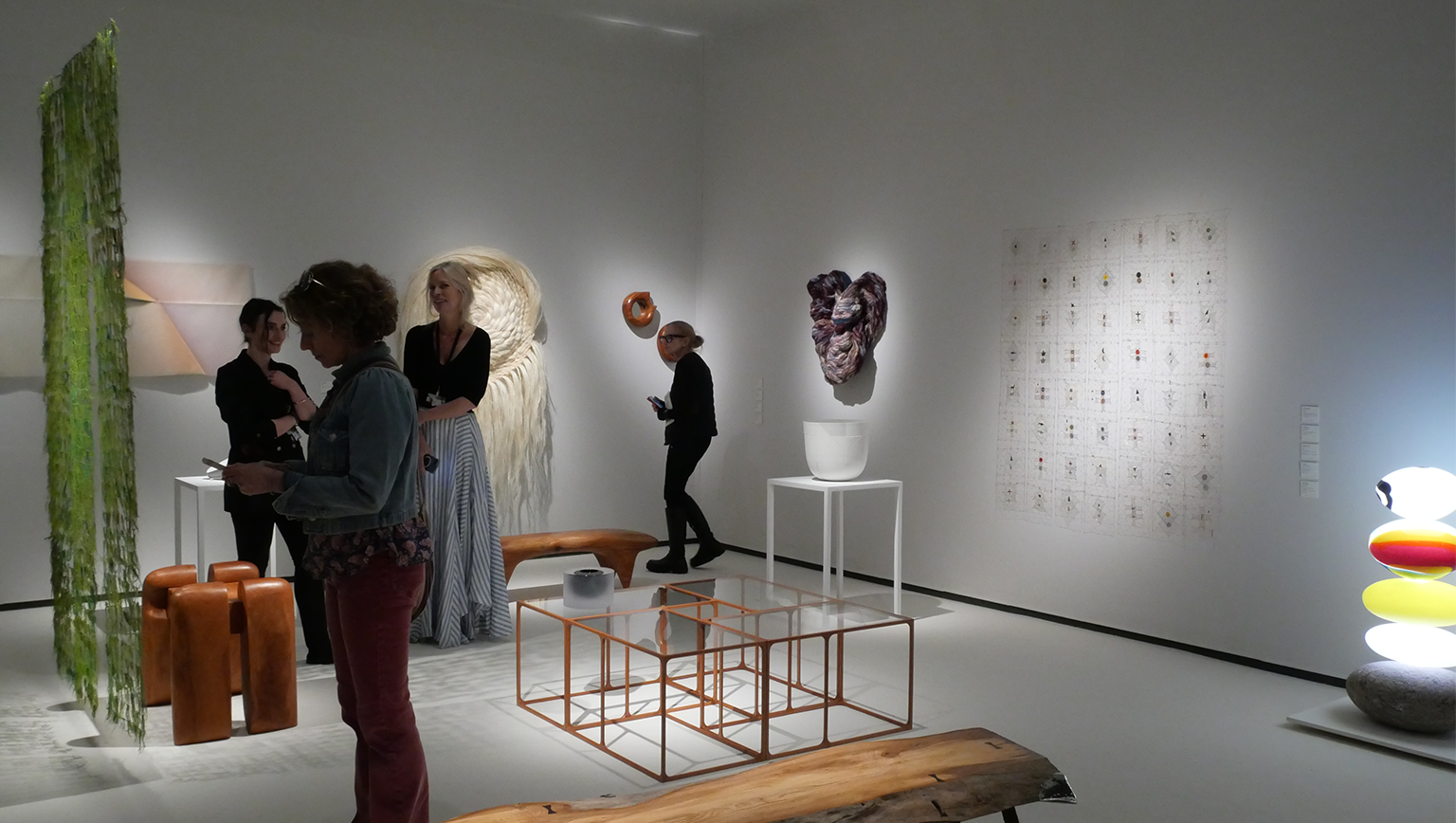
Floating Fixtures and Fibers: Galerie Maria Wettergren at TEFAF New York 2025
Chiara Pdejka • May 16, 2025 •
5min read
Read More

Marie Chloe Duval: I want to learn about you with my eyes closed
Abigail MacFadden •May 23, 2025 •
6 min read

Behind the Studio Doors: Inside Mana Contemporary’s Vibrant Tapestry of Artistic Innovation
Abigail MacFadden • May 20, 2025 •
5 min read

Voices of Freedom: The 2025 PEN America Gala Champions Free Expression Amid Rising Censorship
Abigail MacFadden • May 16, 2025 •
6 min read

Floating Fixtures and Fibers: Galerie Maria Wettergren at TEFAF New York 2025
Chiara Pdejka • May 16, 2025 •
5min read

The Future of Entertainment: 5 Key Insights from Industry Leaders at Milken Global Conference
Sasha Bernier •May 15, 2025 •
5 min read
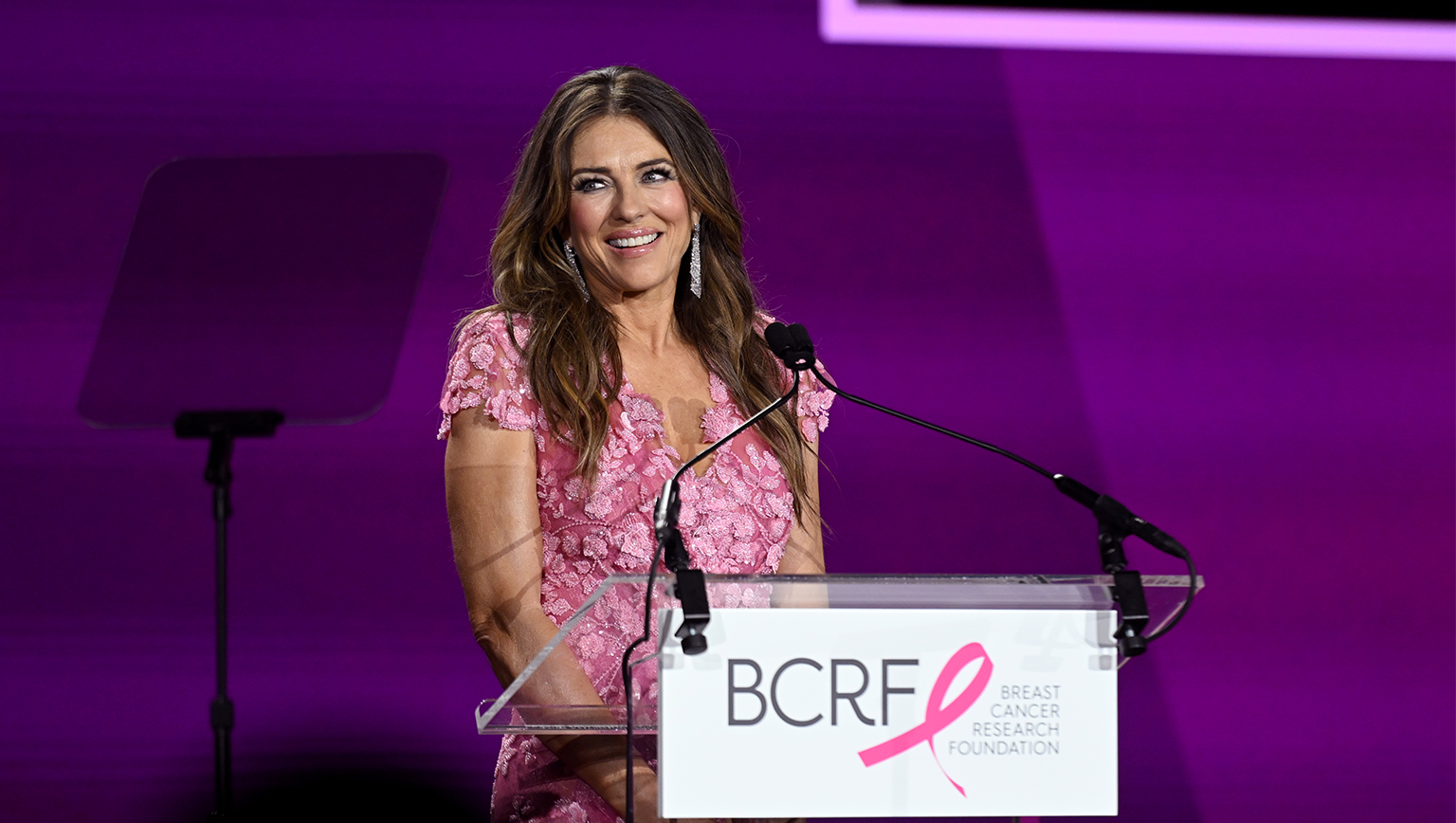
https://milkeninstitute.org/events/global-conference-2025
Abigail MacFadden • May 14, 2025 •
6 min read
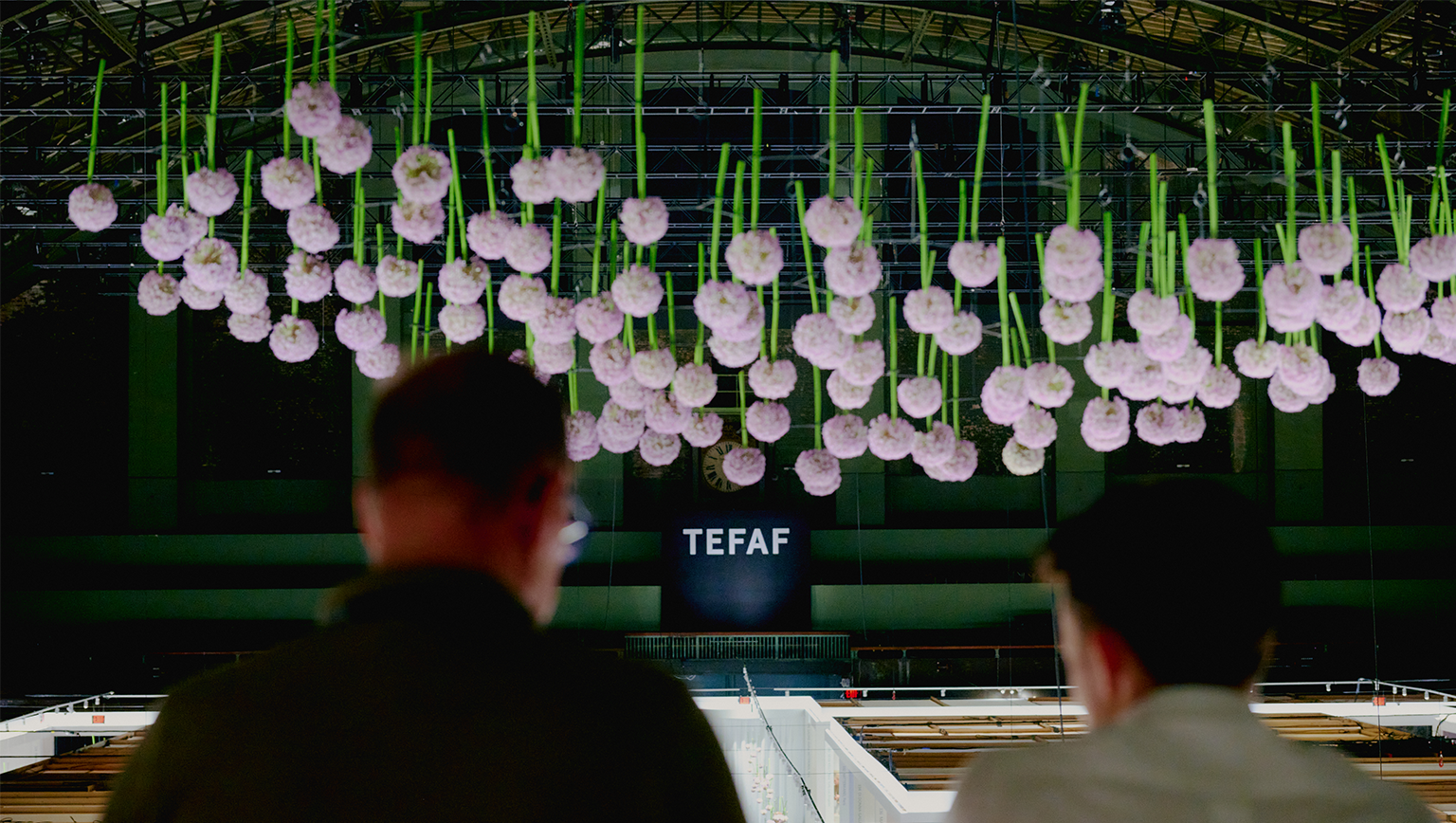
TEFAF Recap: Four Favorites
Chiara Pdejka • May 12, 2025 •
5min read
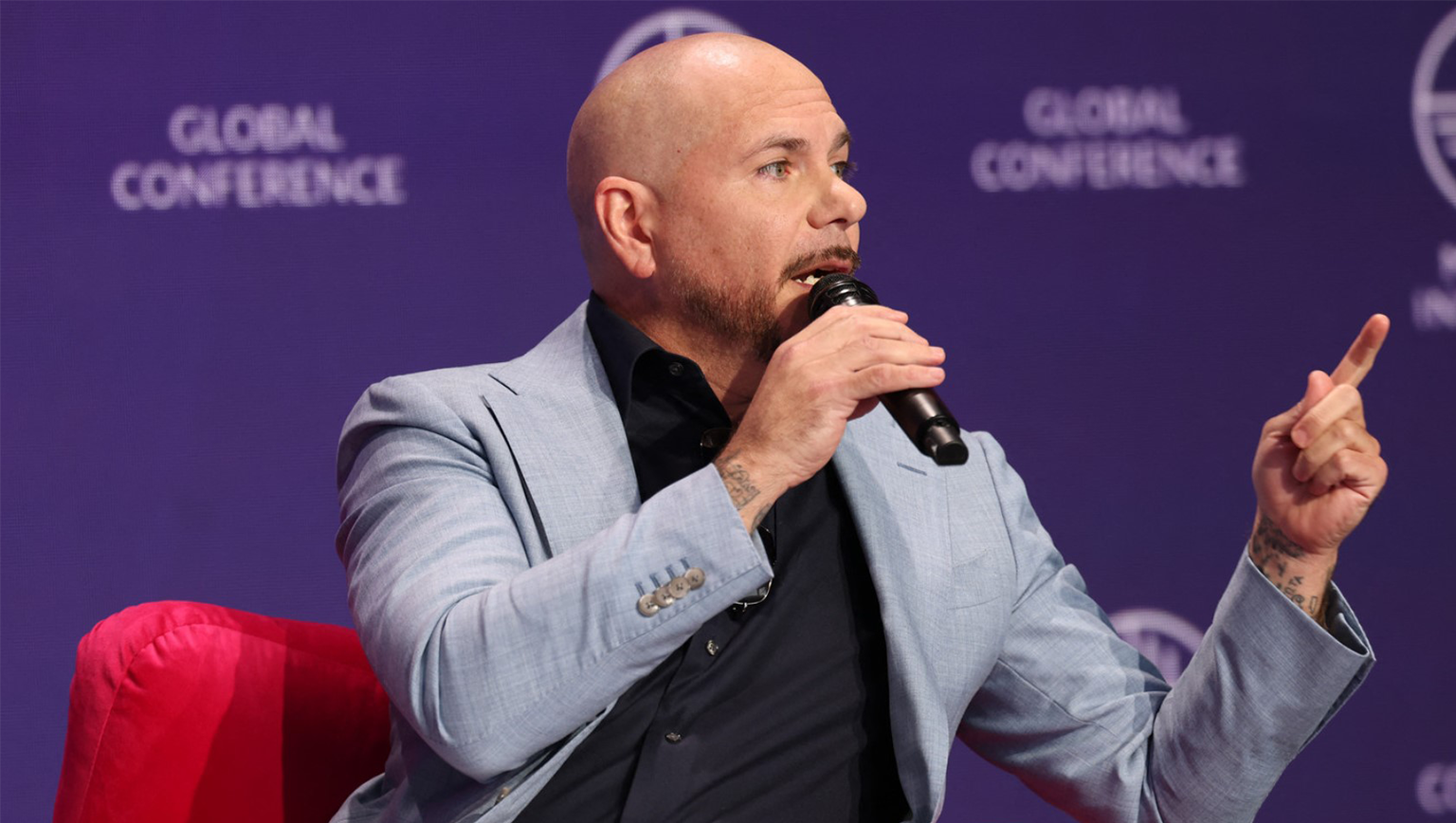
The Power of Mentorship: Lessons from Pitbull on Creative Success and Social Impact
Chiara Padejka •May 12, 2025 •
5 min read

Frieze New York 2025: The Perfect Balance
Abigail MacFadden • May 11, 2025 •
5 min read
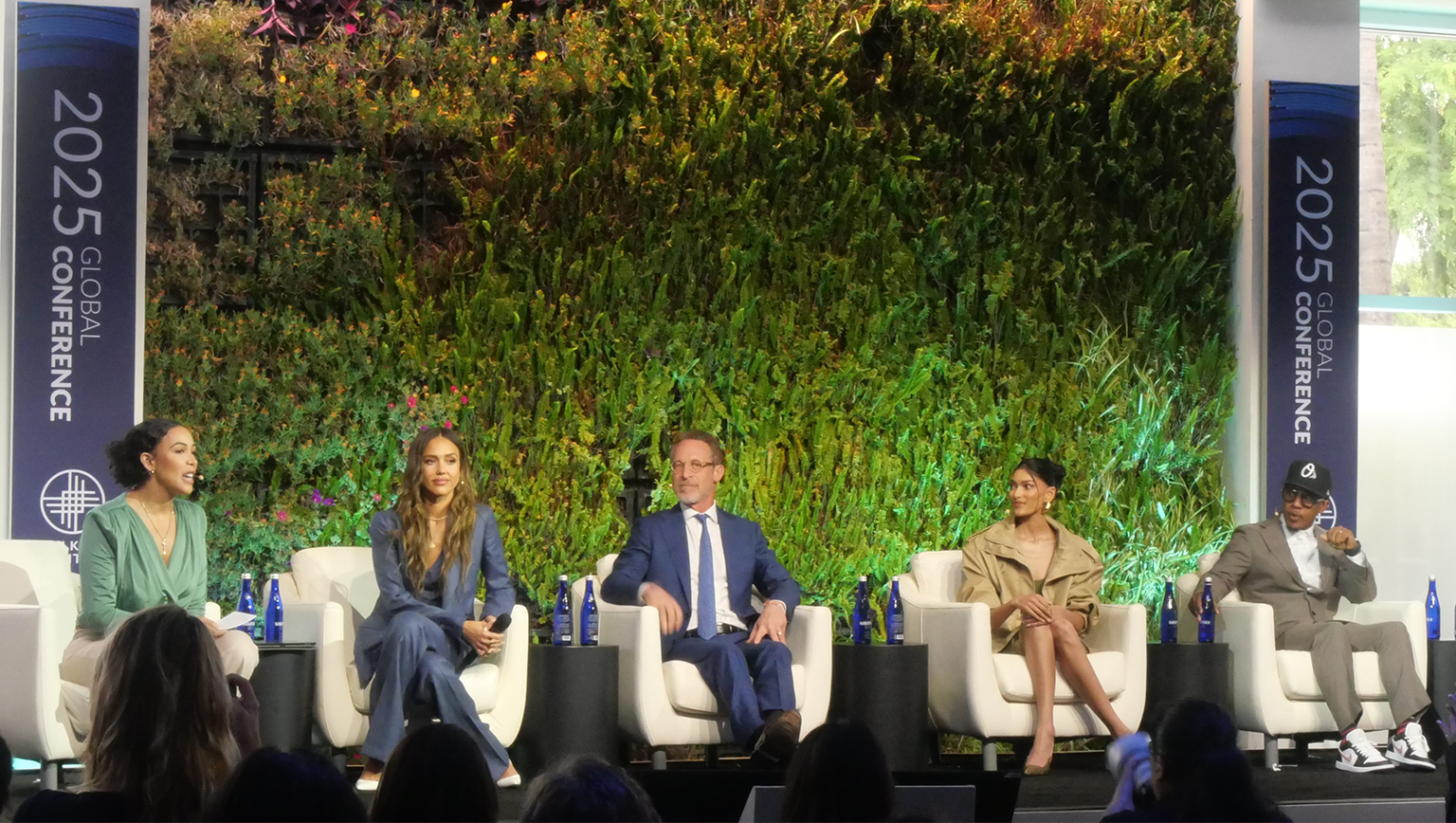
The Power of Purpose: Building Creative Brands with Integrity that Scale
Abigail MacFadden • May 10, 2025 •
5min read
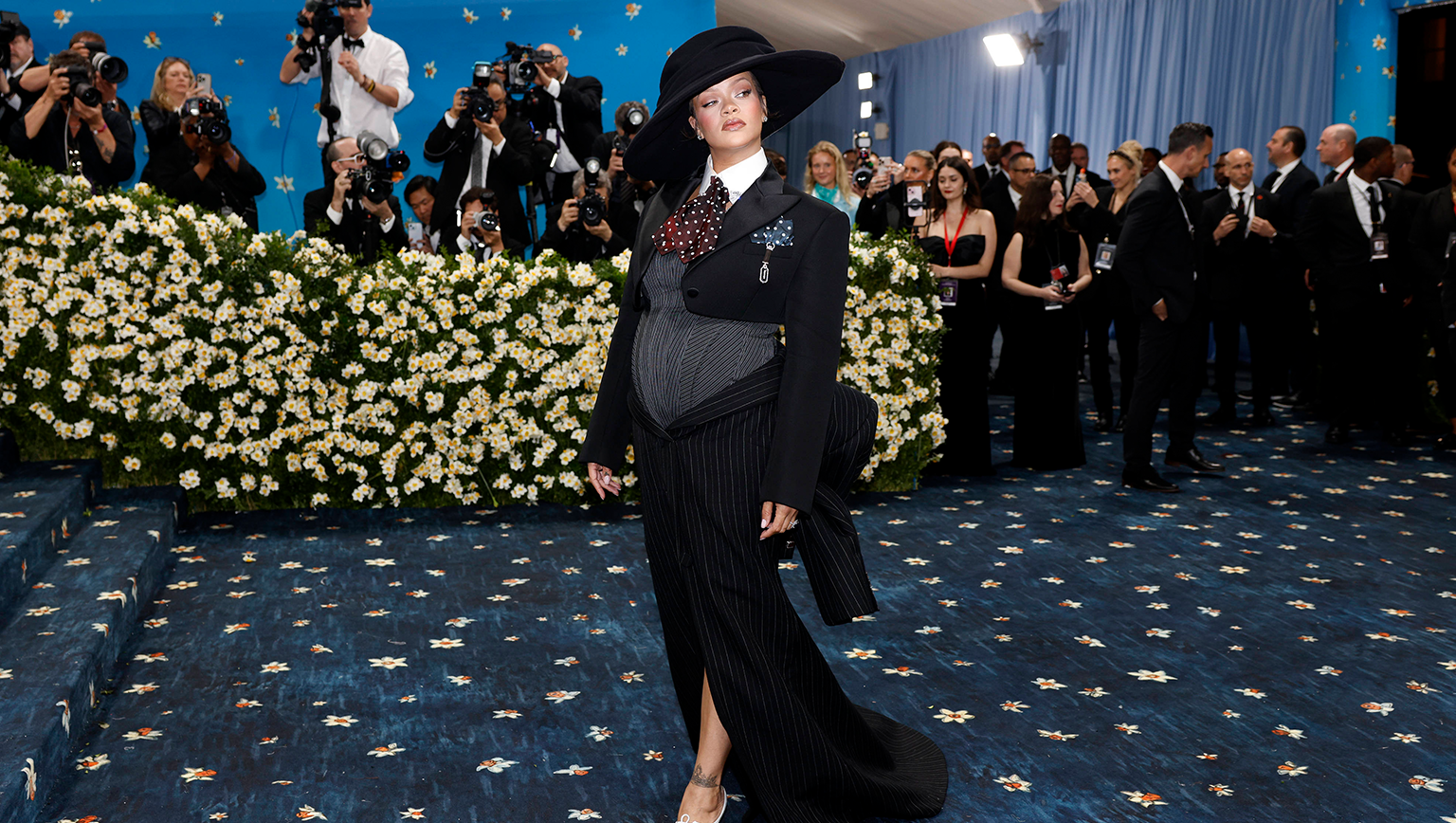
Superfine : A Night of Black Style and Menswear
Chiara Padejka •May 9, 2025 •
7min read

Tariffs and the Creative Industry: Reflections from the Milken Global Conference
Sasha Bernier • May 6, 2025 •
5 min read

Life Lessons from Ted Lasso: Jason Sudeikis at Milken Global Conference
Abigail MacFadden • May 6, 2025 •
5min read

An American in Paris: Sargent Takes the MET
Chiara Padejka • April 30, 2025 •
5min read

Art Bath Review: An Evening of Artistic Immersion A Multisensory Celebration at the Historic Blue Building
Abigail MacFadden •April 29, 2025 •
4 min read

Segreti Dei Medici: An Italian Style Guide
Abigail MacFadden •April 29, 2025 •
5min read
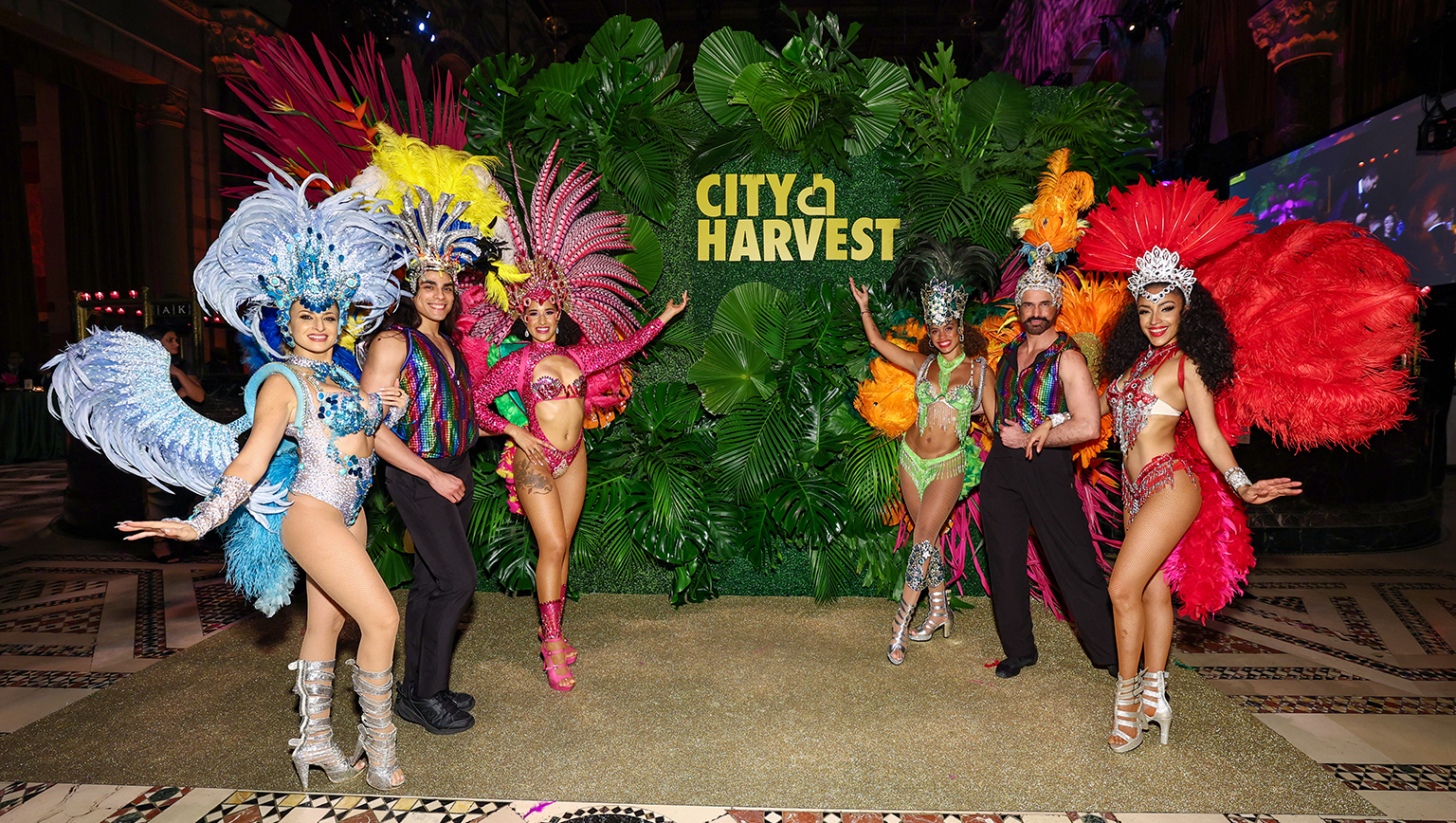
Carnaval for City Harvest Gala : From Rio Vibes to Real Impact
M. Marki • April 25, 2025 •
5min read

The Frick Reopens: The Must-See Museum for Spring
Chiara Padejka •April 24, 2025 •
7 min read
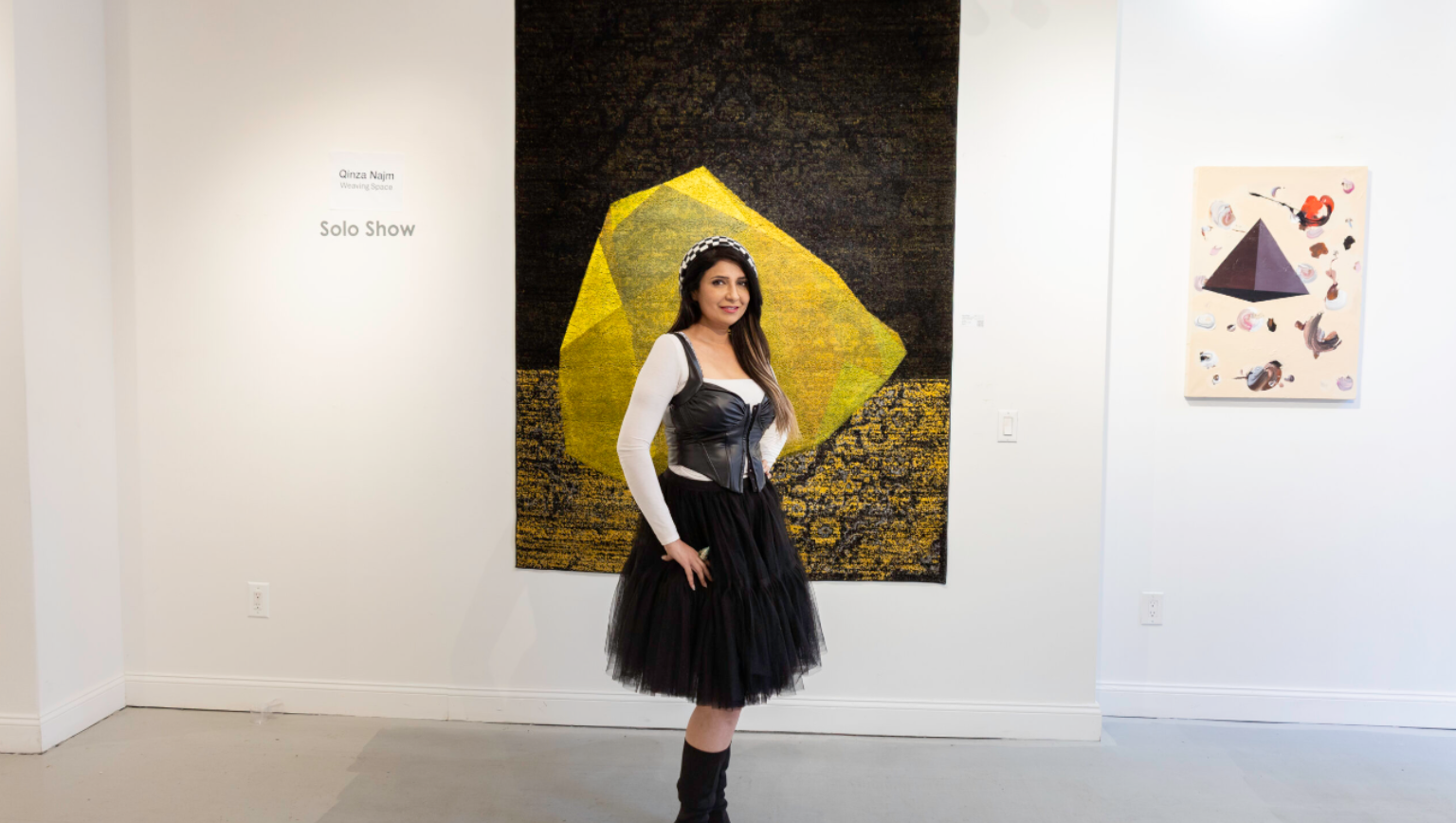
Weaving Space: Identity, Memory, and Resilience in the Art of Qinza Najm
Abigail MacFadden •April 21, 2025 •
6min read

Mary J Blige’s “For My Fans” Tour: A Love Letter to Three Decades of Hip-Hop Soul
Sasha Bernier • April 16, 2025 •
5min read

Together We Art Fair: A Celebration of Interconnectivity in New York
Abigail MacFadden •April 14, 2025 •
6 min read
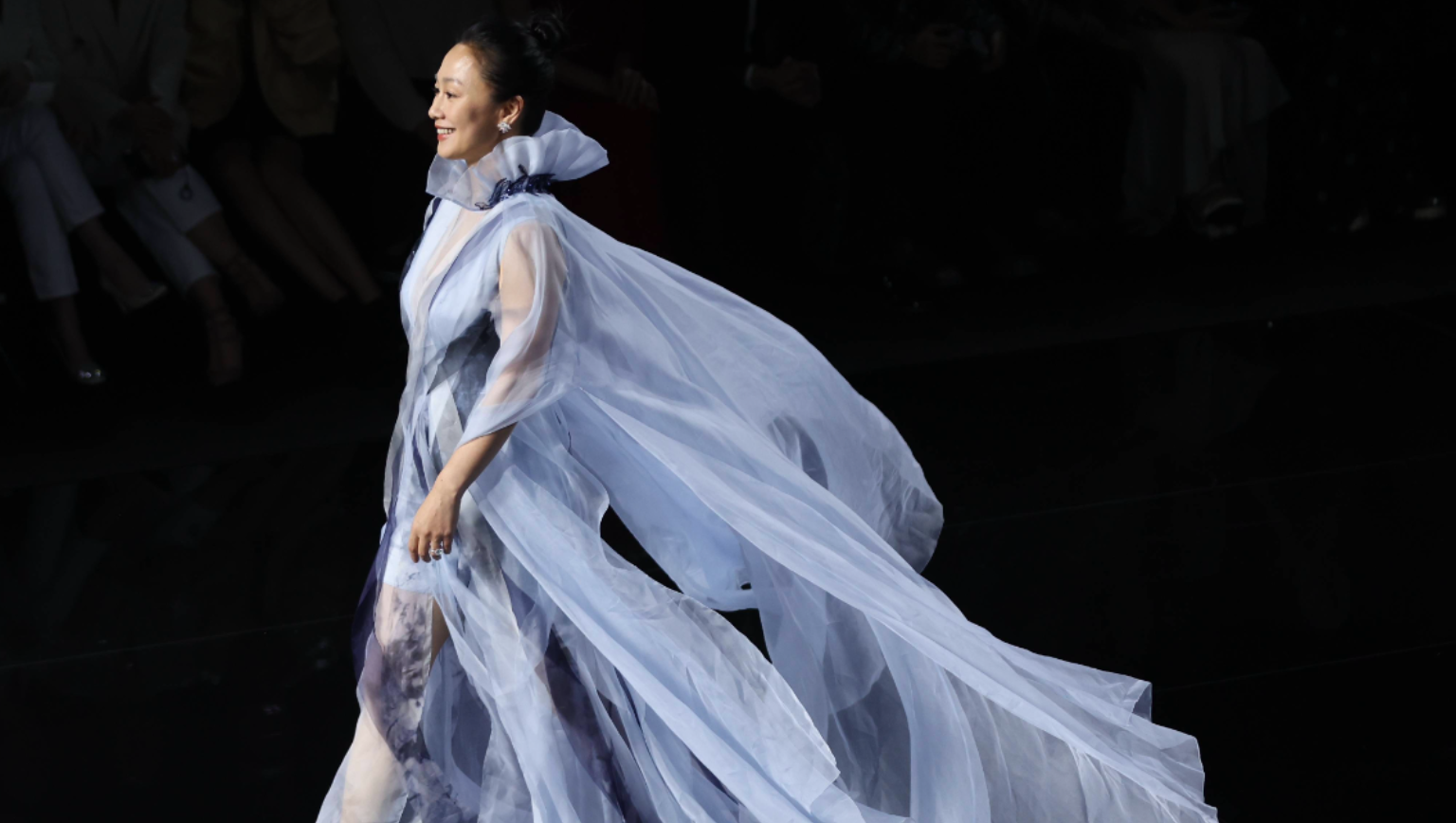
Grace Chen: china's power dresser blending east and west
Abigail MacFadden •April 11, 2025 •
5min read

Sculpting Dreams in Silk: The Couture of Sohee Park
Chiara Padejka • March 31, 2025 •
5min read

Living Art and Orchids: A Breathtaking Journey Through Mexican Design at NYBG
Abigail MacFadden •March 28, 2025 •
5 min read

Dieter Roth. Islandscapes shines at Hauser & Wirth during IFPDA week
Abigail MacFadden •March 26, 2025 •
5min read

Who is the Gong Girl? Mark Gong’s Global Muse
Chiara Padejka • March 25, 2025 •
5min read

Rhyme with Reason: Irish Tapestry Studio puts Sustainability First
Chiara Padejka •March 19, 2025 •
6 min read

WAX: The African Fabric at the Heart of Fashion and Art
Lara Sleiman •March 18, 2025 •
5min read

Grasslands: The Afrofuturistic Journey of Mwinga Sinjela’s Artistic Evolution
Abigail MacFadden • March 17, 2025 •
5min read

Person Place Thing : The Building Blocks
Chiara Padejka •March 14, 2025 •
5 min read

Australian Visions: Coma Gallery Makes Impressive Debut at Felix LA
Tess Azcuna •March 11, 2025 •
5min read

Colombian Magic at Nohra Haime Gallery
Abigail MacFadden • March 7, 2025 •
5min read

Beyond the Box: Tiffany Lamps and the Legacy of Artistry
Chiara Padejka •March 6, 2025 •
4min read

Tess Azcuna: Bridging Worlds in Entertainment, Fashion, and Business
Abigail MarcFadden •March 4, 2025 •
4min read

Maria Paula Suarez: The Alchemy of Emotion
Abigail MacFadden • March 4, 2025 •
5min read

Vibrant Artistry and Bold Commentary: Victor "Marka27" Quiñonez Wins Frieze Impact Prize
Abigail MacFadden •MArch 3, 2025 •
5min read

Lorenzo di Medici’s “Renaissance Pop” Collection Shines at LA Art Week
Sasha Bernier •March 3, 2025 •
6min read

Felix Art Fair: An Intimate Art Experience at the Roosevelt Hotel
Sasha Bernier • February 26, 2025 •
5min read

Stories Unfolding: A Tapestry of Narratives at Art Gotham
Abigail MacFadden • February 24, 2025 •
5min read
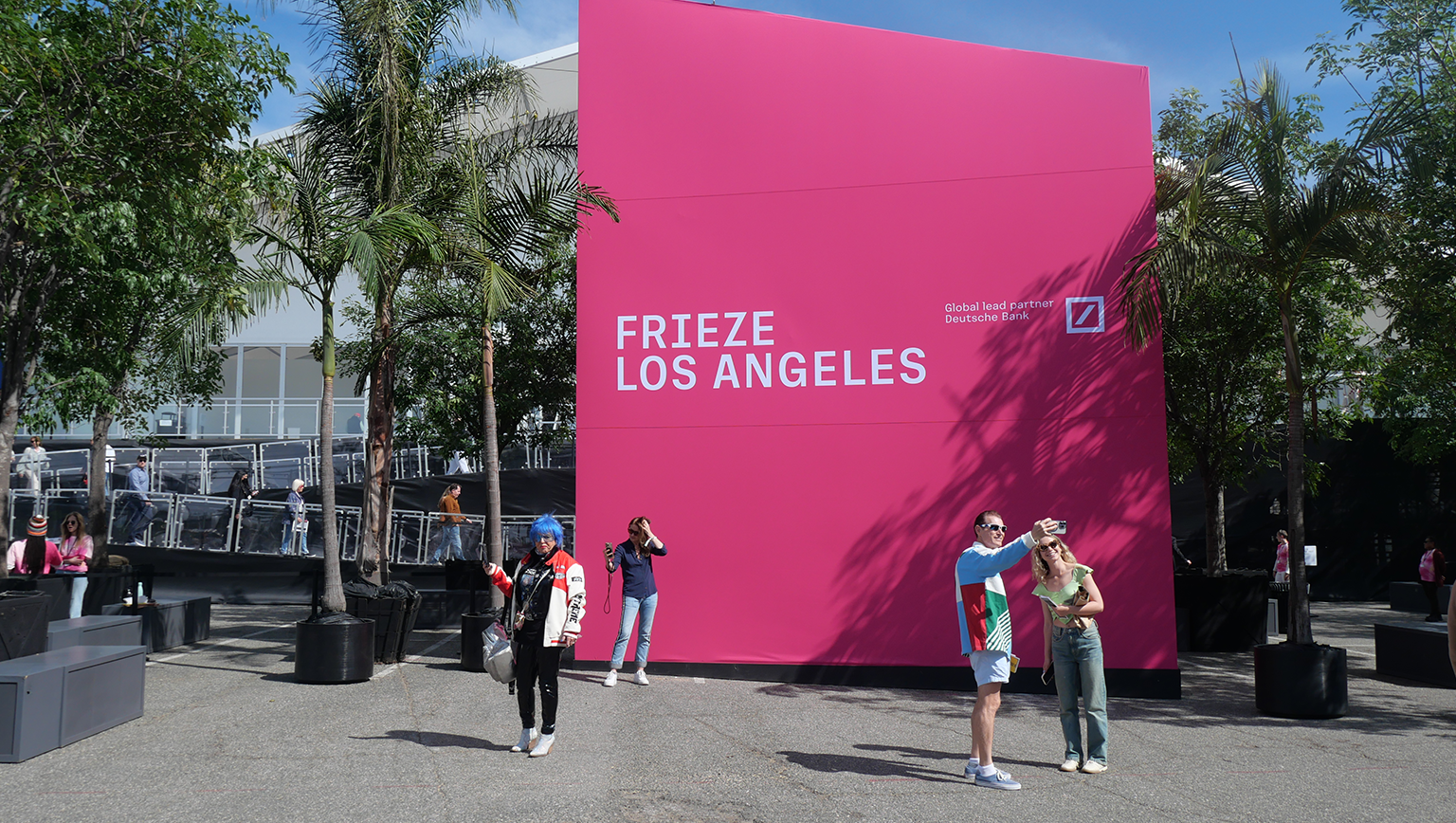
Standout Showcases: Six Must-See Galleries at Frieze Los Angeles 2025
Abigail MacFadden • February 23, 2025 •
6min read

Gagosian’s "Nomadic Folly" Offers Peaceful Respite During Los Angeles Art Week 2025
Abigail MacFadden • February 23, 2025 •
4min read
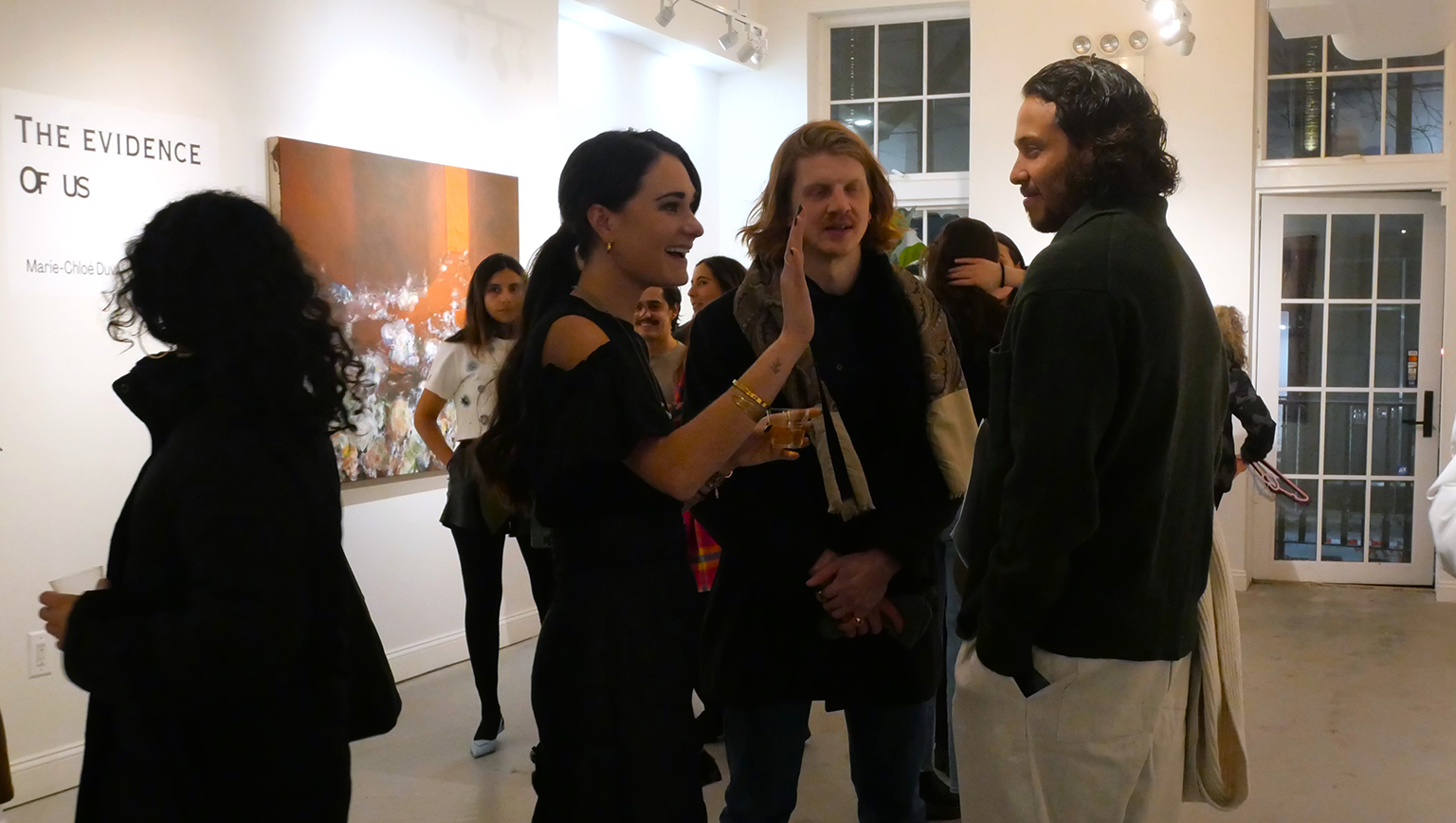
"Evidence of Us": Marie Chloe Duval's Floral Meditations on Time and Memory
Abigail MacFadden • February 20, 2025 •
5min read

Cape Town Flavors: The Inspiring Journey of Chef Kuda at Judd's Local
Abigail MacFadden • February 19, 2025 •
5min read
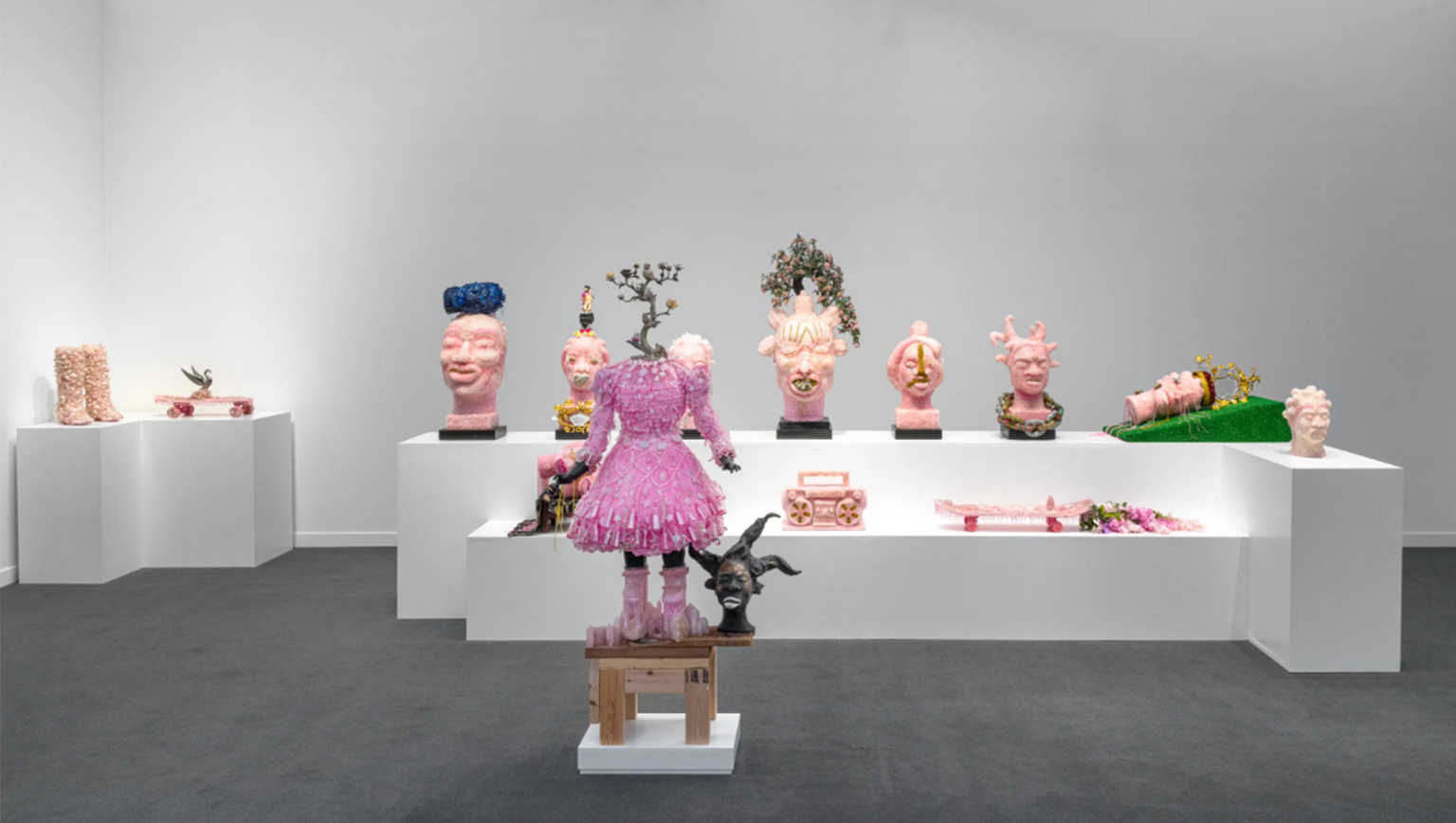
Art Fair Season: What to Watch at Frieze Los Angeles 2025
Abigail MacFadden • February 18, 2025 •
6min read
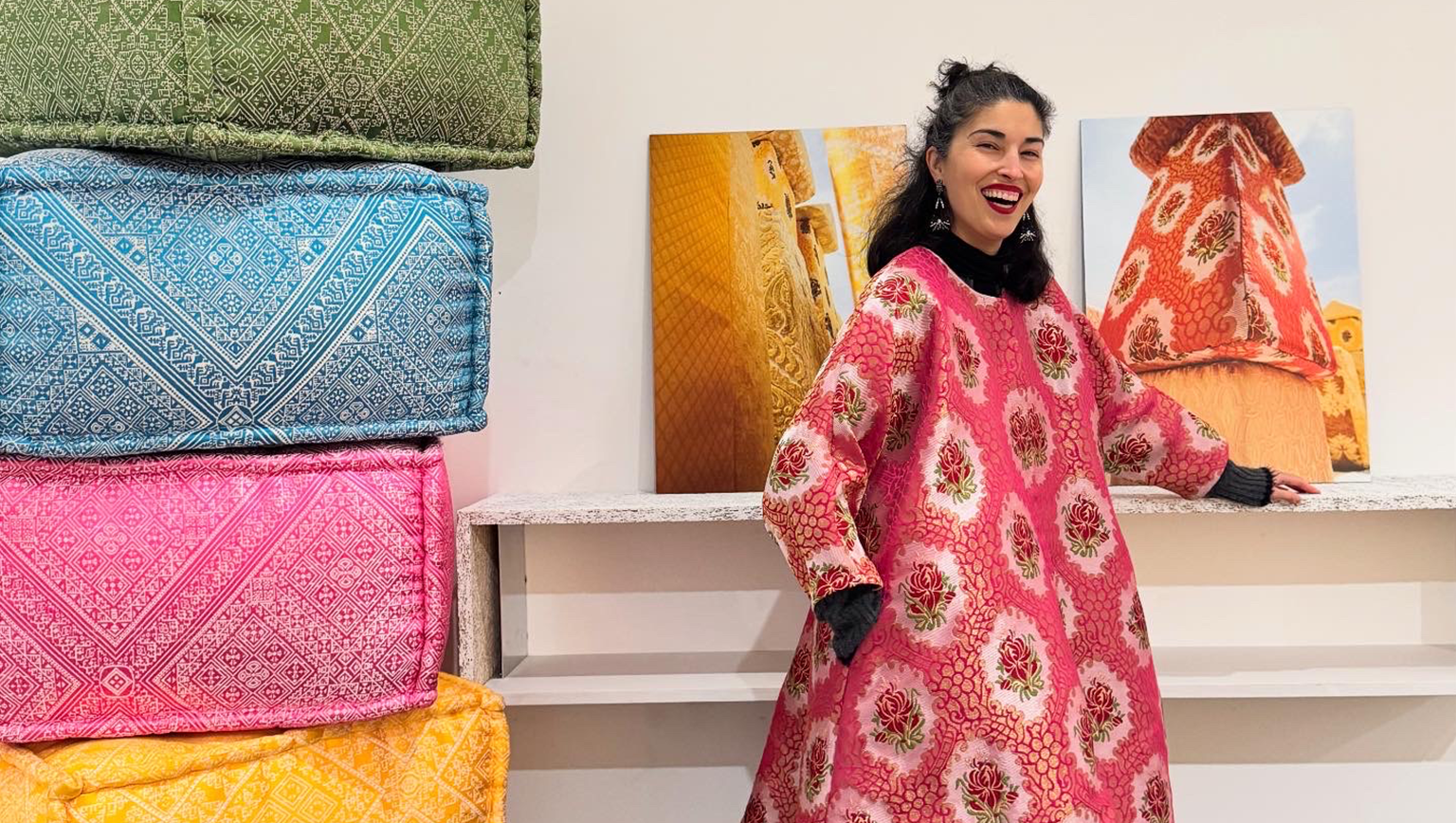
Sophia Kacimi, French-Moroccan Designer Transforms Luxury Fashion into Chess Art
Abigail MacFadden • February 17, 2025 •
5min read

Dog Day Afternoon
Chiara Padejka • February 14, 2025 •
4min read
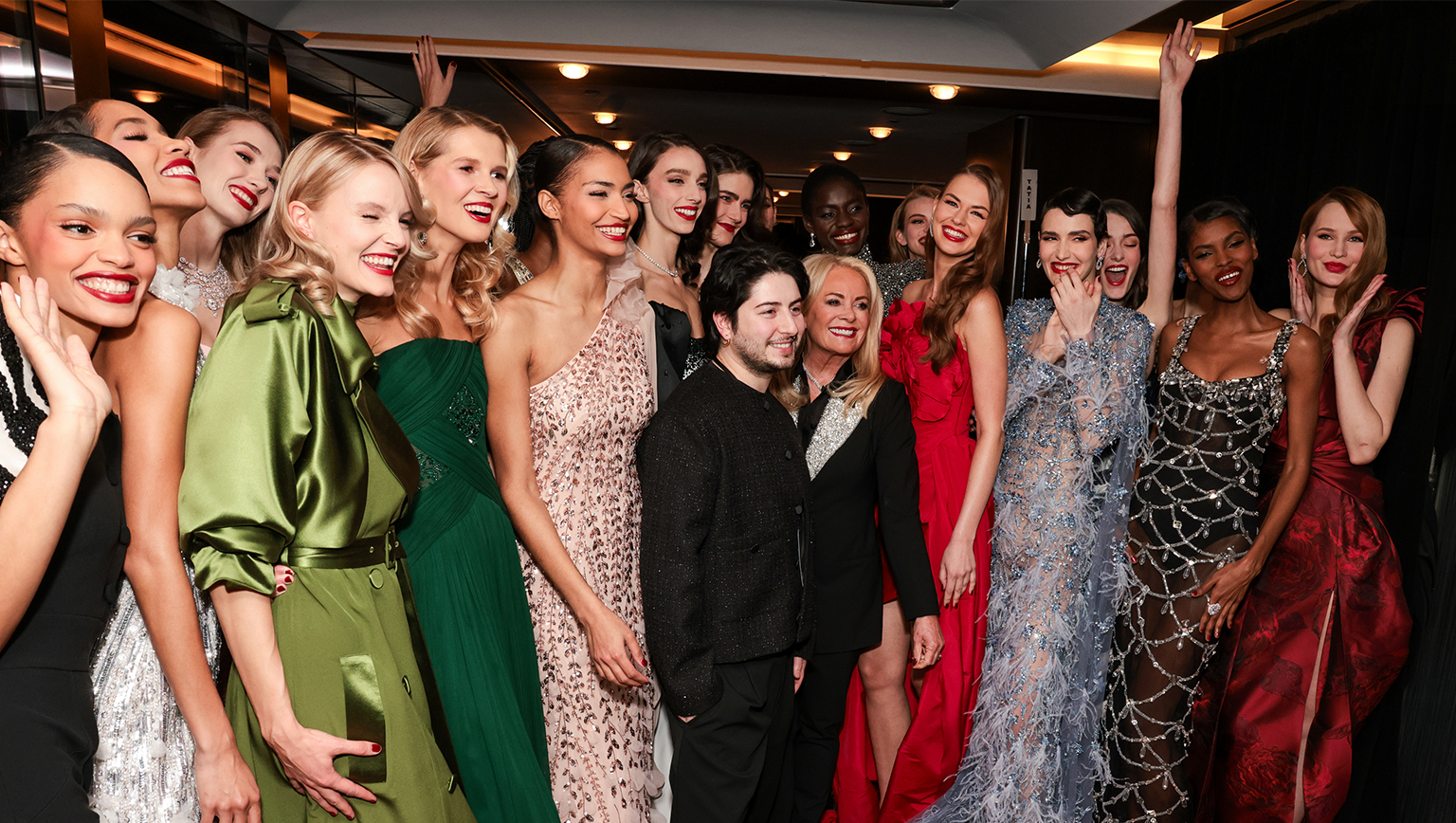
Fall/Winter Femme Fatale from Pamella Roland FW25 Collection
M. Marki • February 13, 2025 •
5min read
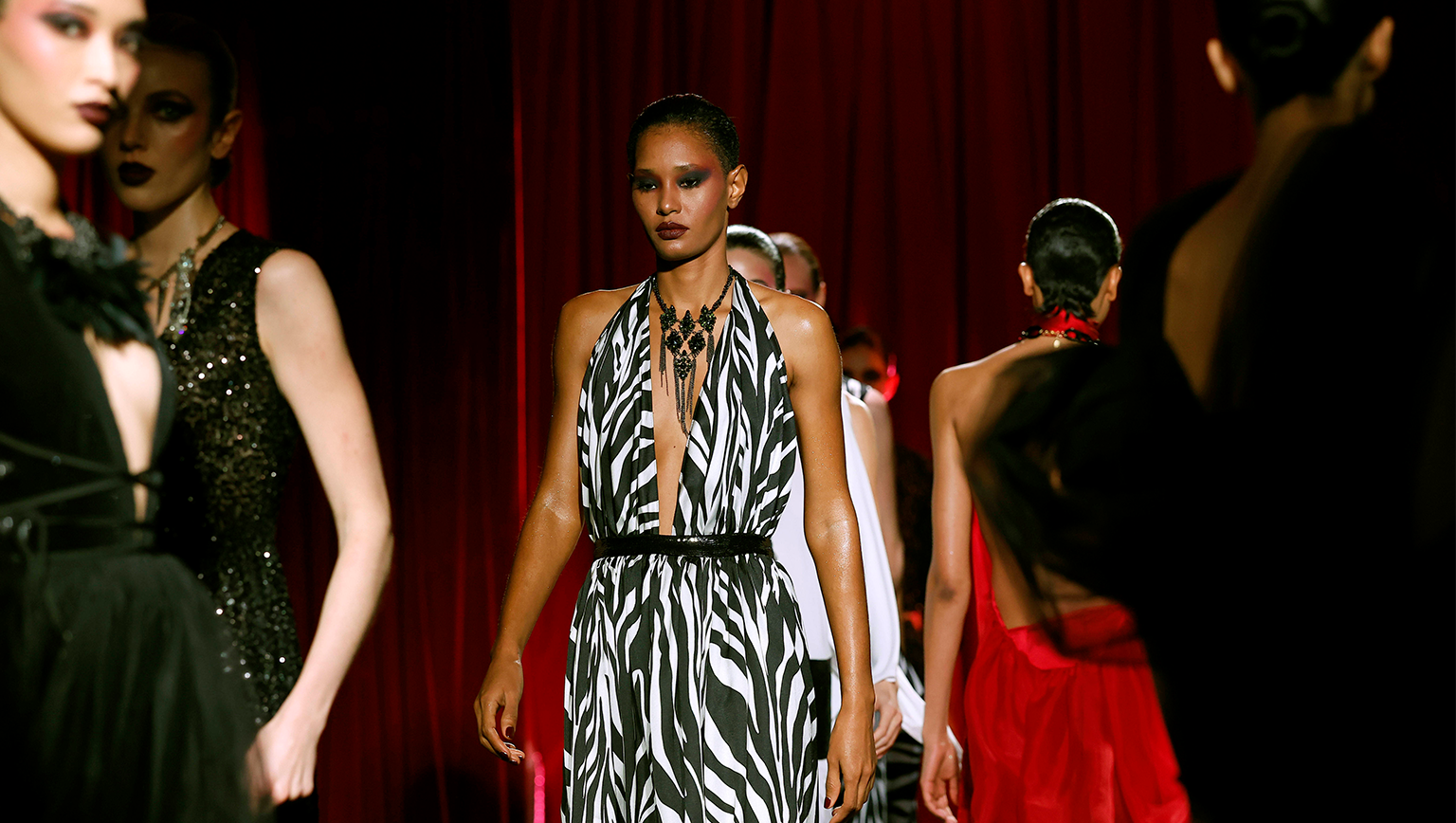
Frederick Anderson's Fall 2025 Collection: Where '90s Hip-Hop Meets High Fashion
Sasha Bernier • February 12, 2025 •
5min read
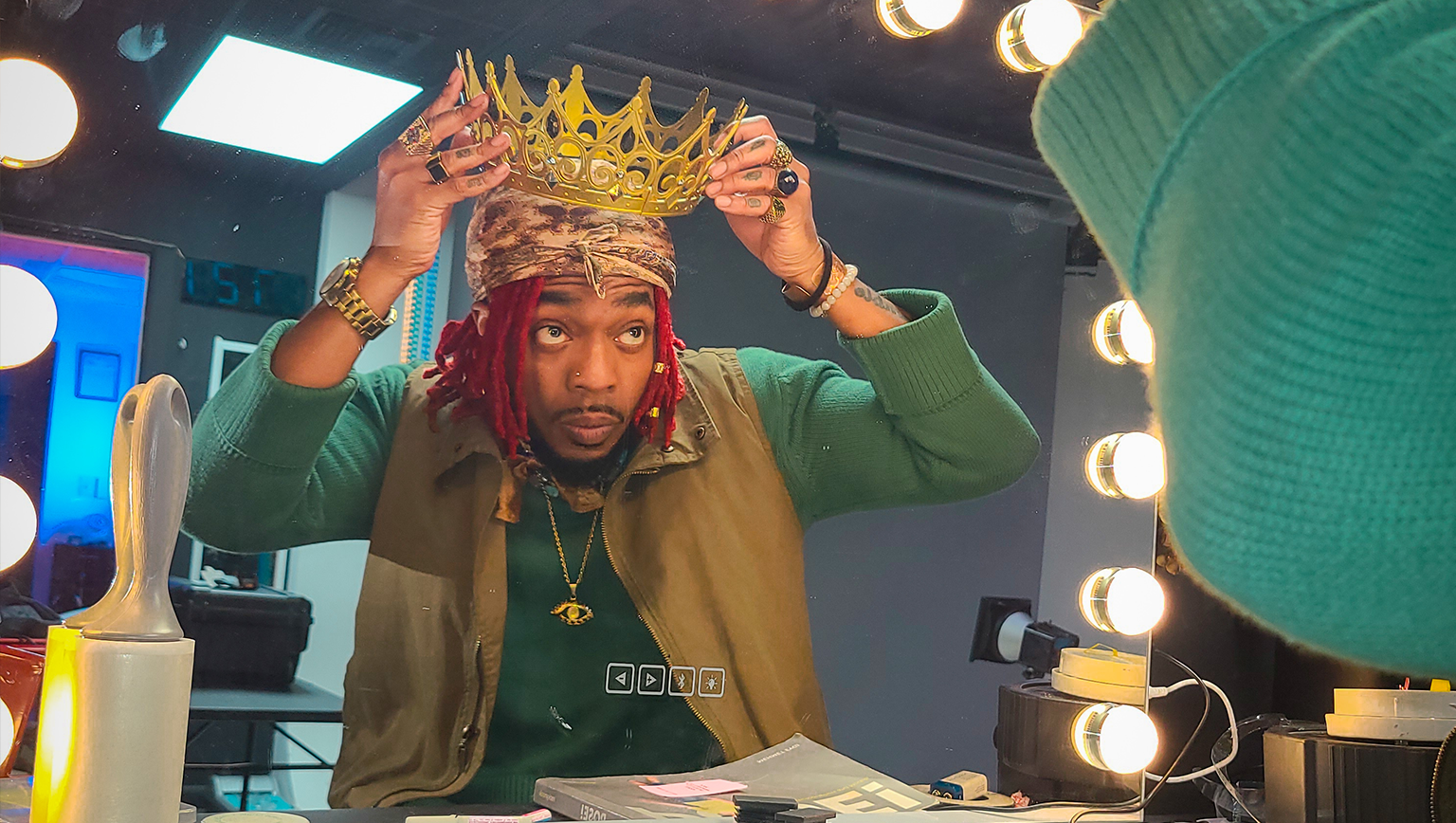
From Poetry to Hip-Hop: The Evolution of Fame
Abigail MacFadden • February 11, 2025 •
5min read

Shakespeare Takes Center Stage: Alice + Olivia’s Literary Inspired Fall 2025 Collection
Dominique Aronson • February 10, 2025 •
5min read

Bridging High Art and Popular Culture with “Match with Art’s” Salome
Abigail MacFadden • February 10, 2025 •
6min read

From Ballet to the Bronx: The Inspiring Journey of Chef Sam Lopez
Abigail MacFadden • February 7, 2025 •
5min read

Francesco Arena’s God sculpture Debuts in Thailand’s Art Forest
Abigail MacFadden • February 6, 2025 •
5min read

Fired Up: Why Hot Glass is the Coolest Exhibit in Delray
Chiara Padejka • February 5, 2025 •
5min read

From Portugal to the Big Apple: Lotty Carrington’s Journey to Find her Voice
Sasha Bernier • February 5, 2025 •
5min read
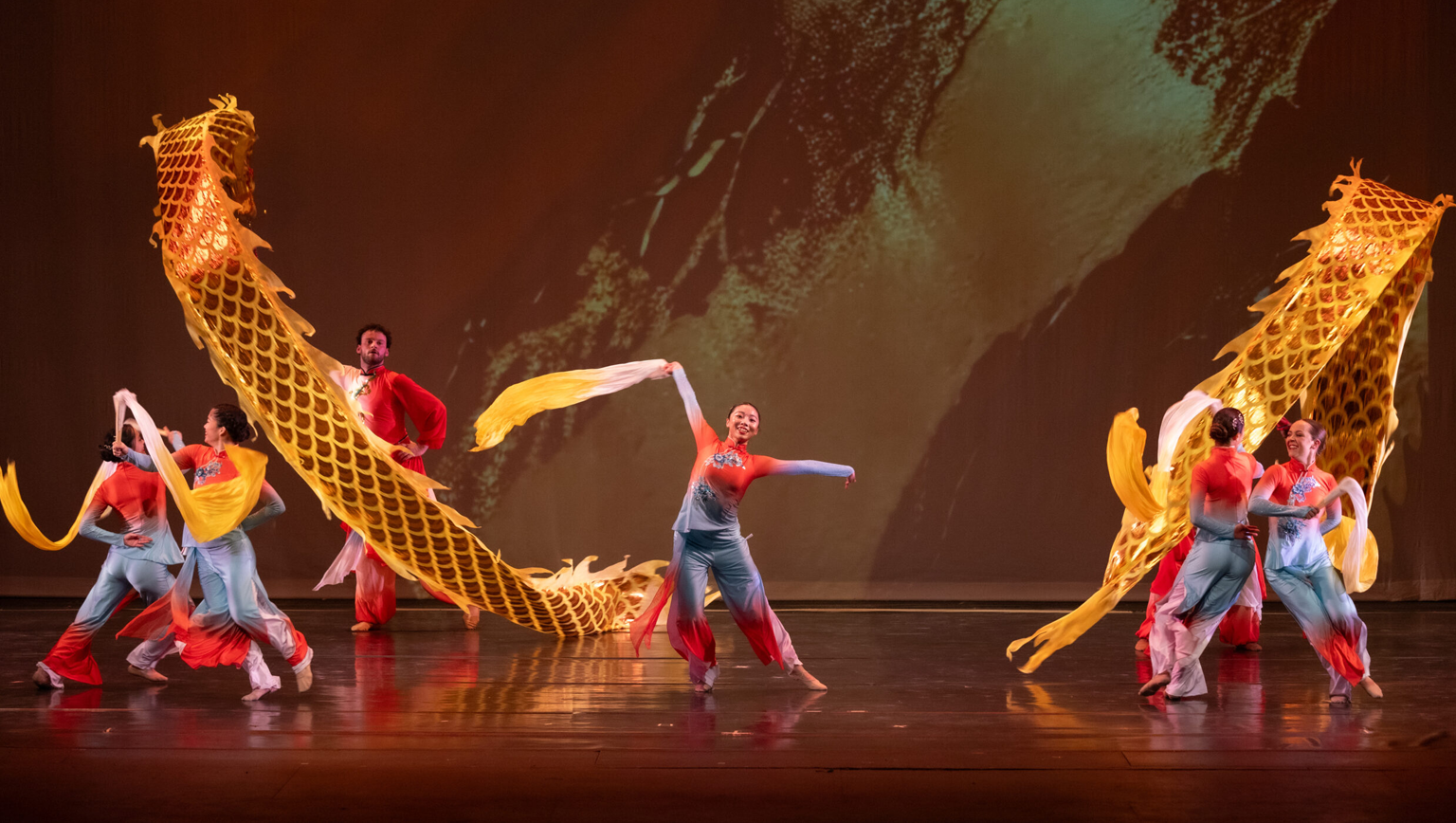
Nai-Ni Chen Dance Company’s Lunar New Year of the Snake
Dominique Aronson • February 3, 2025 •
4min read

Singing in the Rain : 070 Shake Petrichor Tour
Chiara Padejka • February 3, 2025 •
5min read

Francie Cohen: From OCD to Art Basel – How This New School Artist’s Journey Inspired Divinity Magazine for Women and Non-Binary Voices
Tessa Almond • January 31, 2025 •
5min read

Made in L.A.: Rising from the Ashes the Hammer Museum’s Biennial Moves Forward
Abigail MacFadden • January 29, 2025 •
5min read

Movie Review: A Complete Unknown
Abigail MacFadden • January 21, 2025 •
4min read

“Serendipitous: A New Group Making Noise in Bushwick”
Abigail MacFadden • January 17, 2025 •
4min read

Sins and Sacrifice: Emma Katherine Hepburn Ferrer's Journey Through Sacrifice and Redemption
Abigail MacFadden • January 16, 2025 •
5min read

Uncle Waffles: Amapiano's Global Ambassador Lights Up Cape Town
Sasha Bernier • January 15, 2025 •
3min read

Enzo Ishall: How Zimbabwe's Dancehall King Transformed Jamaican Music into Zimhall | Live Show Review
Sasha Bernier • January 6, 2025 •
3min read

Lauren Whitfield: Texas Poet Combines Yoga, Writing, and Healing Through Innovative Poetry Workshops
Abigail MacFadden • January 2, 2025 •
4min read

Don't Be Mad: Miller's Art Basel Journey from Houston to Miami Beach
Abigail MacFadden • December 30, 2024 •
4min read
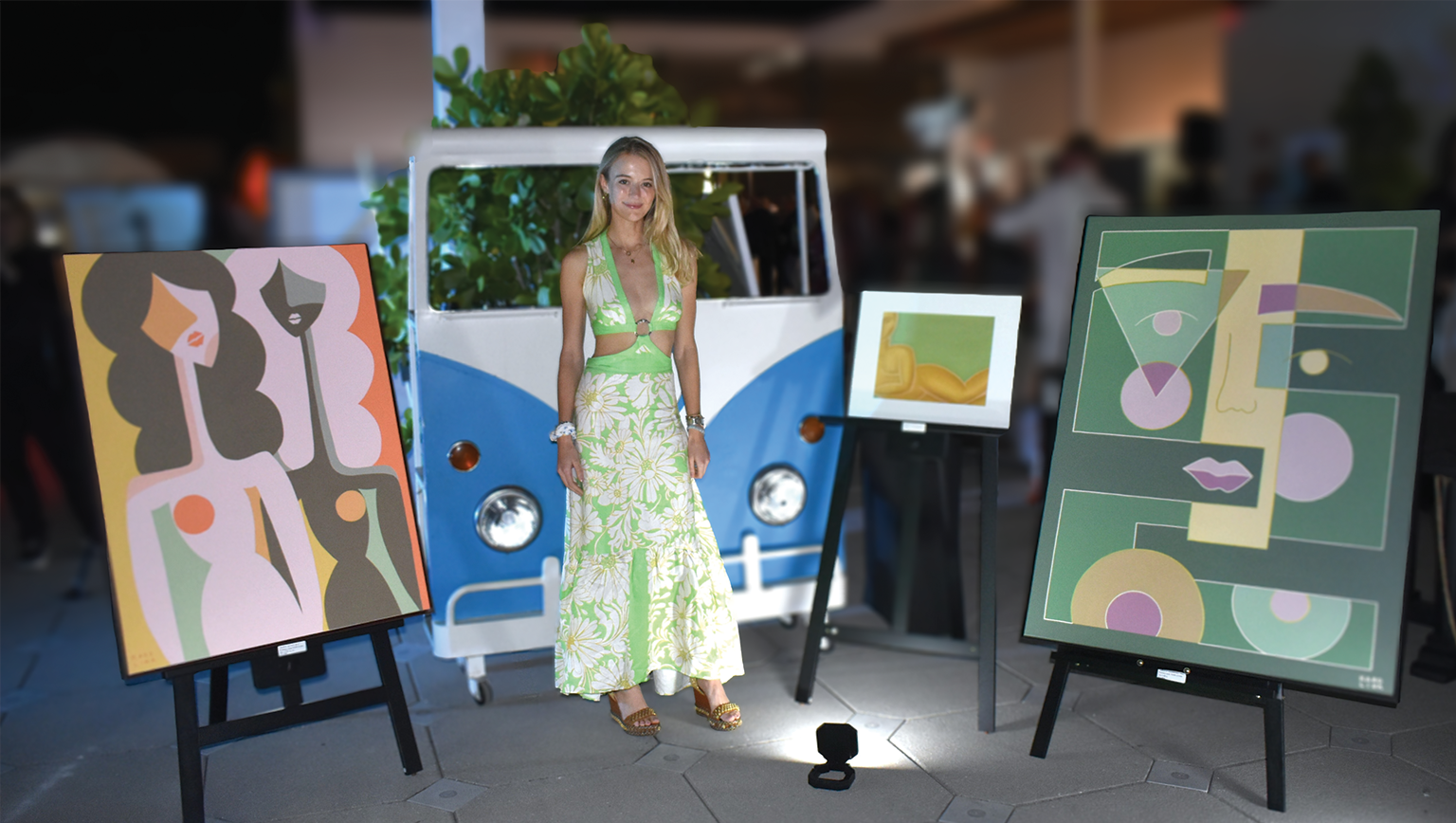
From St. Barth to Art Basel: Inside Karolina Karlsson's Muted Gemini Series and Work Wives
Abigail MacFadden • December 27, 2024 •
4min read
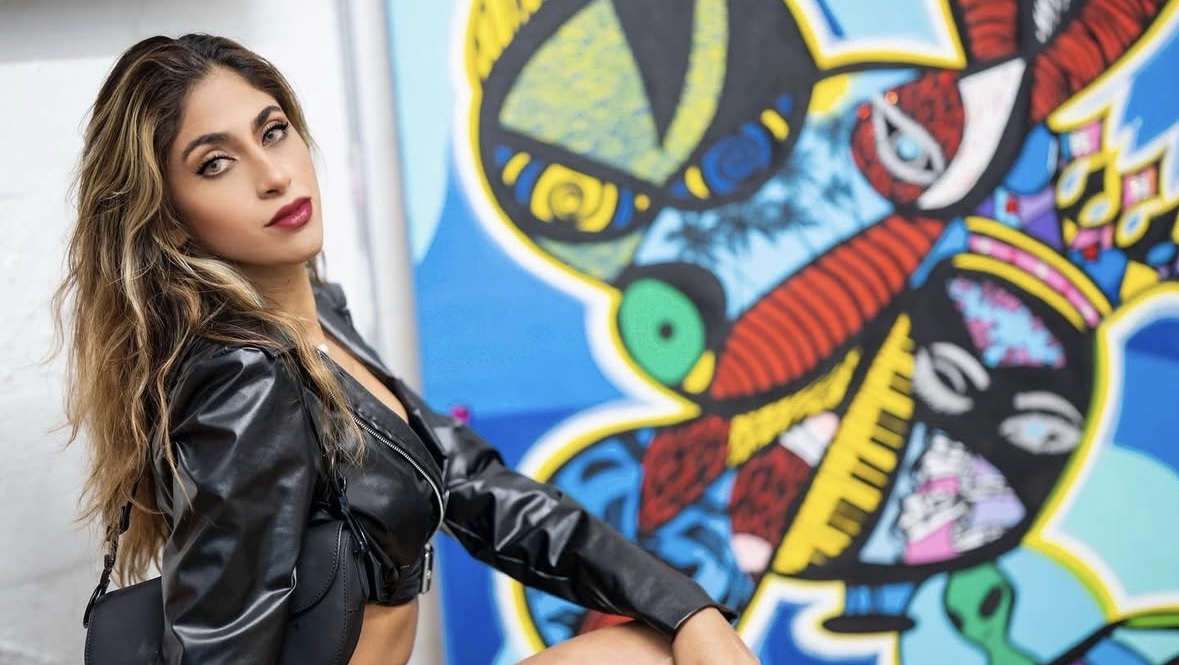
When Eden Gets an AR Upgrade: Oriana Pirela for Creativo
Chiara Padejka • December 24, 2024 •
6min read

Creativo's Garden of Eden: Anastasia Butacova in Full Bloom
Chiara Padejka • December 20, 2024 •
5min read

Adam and Eve: The Origin Story of Creativo
Sasha Bernier • December 4, 2024 •
5min read

Fruit Ninja IRL: Luis Gonzalez Carves Out a Fruitful Endeavor
Chiara Padejka • November 26, 2024 •
5min read

Forbidden Fruit Couture: Dressing the Garden of Eden at Art Basel
Abigail MacFadden • November 21, 2024 •
3min read

Bloom: An Expression of Womanly Resilience
Tessa Almond • November 13, 2024 •
5min read

The Art of Giving Shines at Gabrielle’s Angel Foundation’s 26th Angel Ball
Mariele Marki • November 1, 2024 •
4min read

Innovation Through Collaboration: The Saphira Ventura Gallery Story
Abigail MacFadden • October 31, 2024 •
4min read
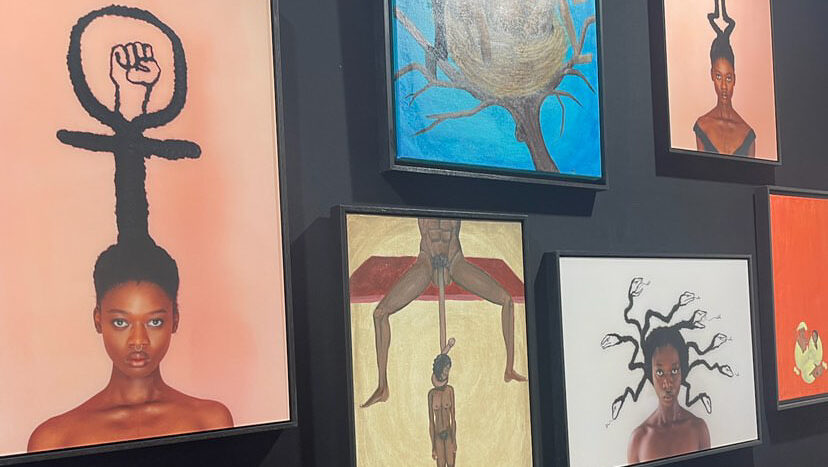
Africa's Art Market: Emancipation, Innovation, and Global Impact
Lara Sleiman • October 26, 2024 •
4min read

Woven Paintings and Human Migration: Clement Denis Exhibition at Chelsea's Nicolas Auvray Gallery
Abigail MacFadden • October 24, 2024 •
4min read
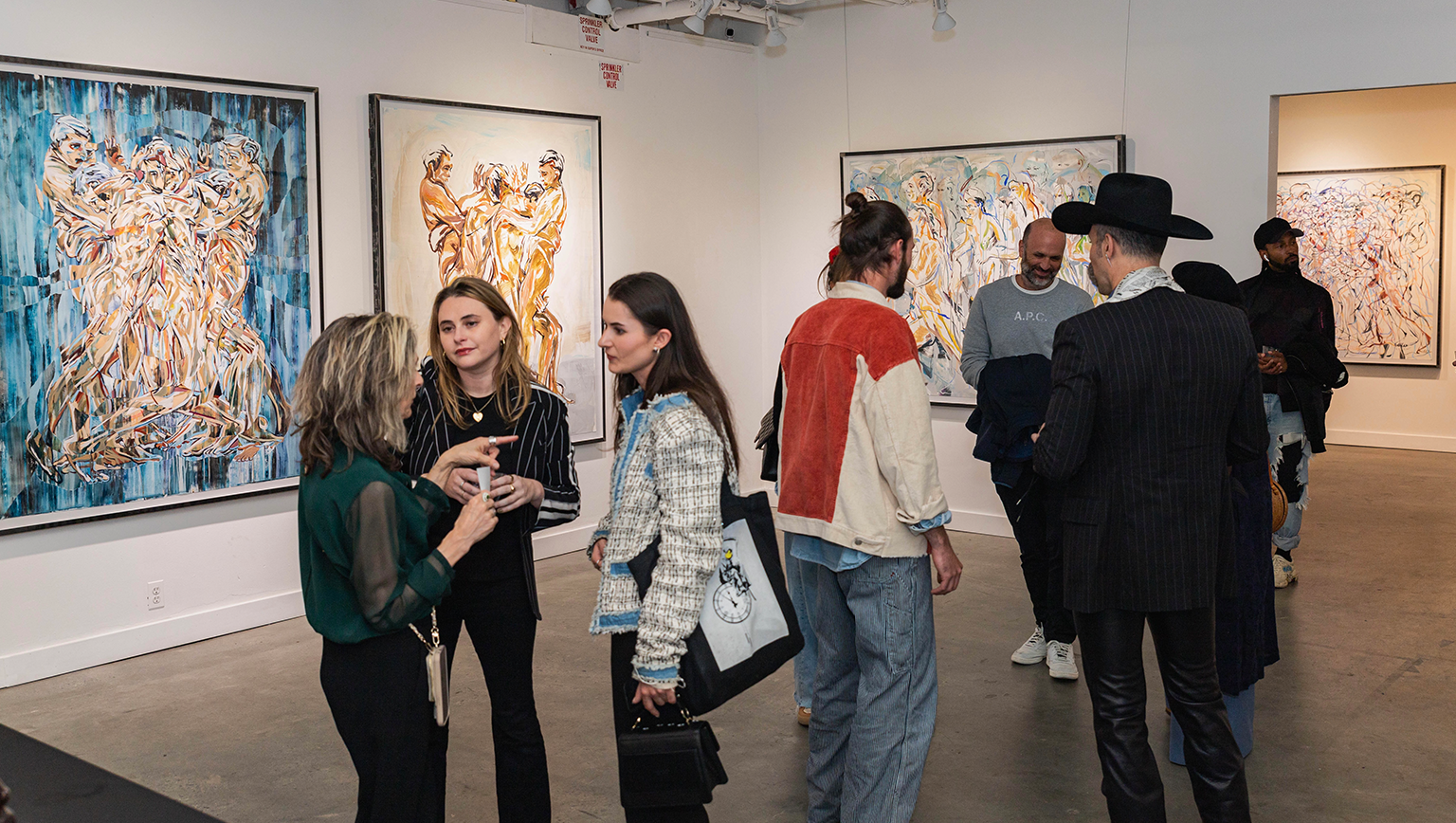
Textile, Texture, and Transformation: Innovative Voices in Contemporary Art
Abigail MacFadden • October 22, 2024 •
5min read

Art Basel Paris Guide: Can’t Miss Booths and a new James Turrell!
Abigail MacFadden • October 17, 2024 •
5min read

